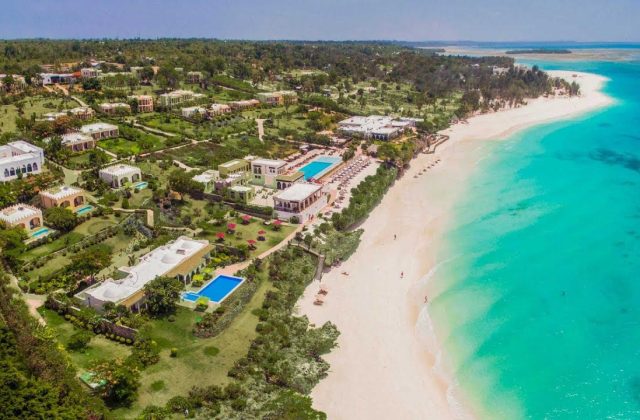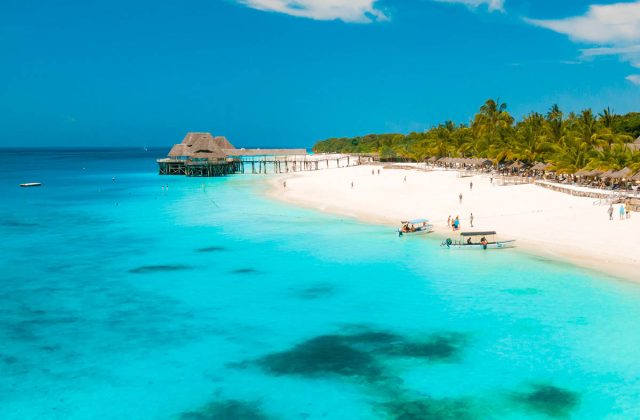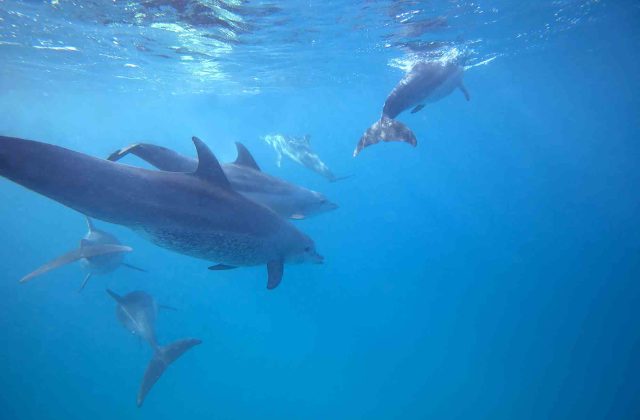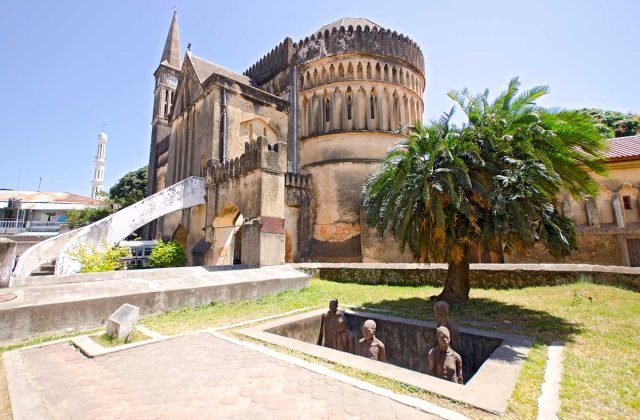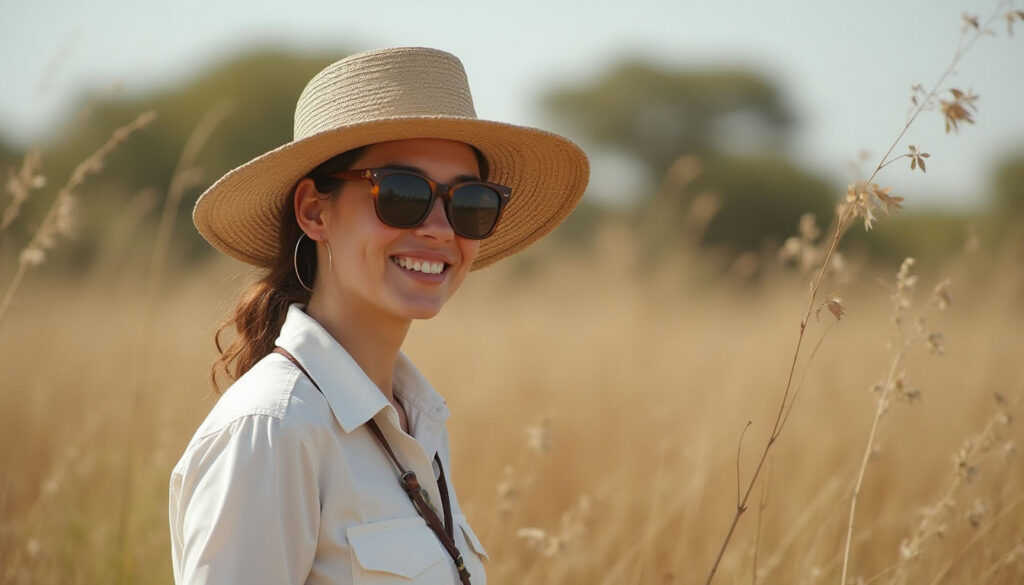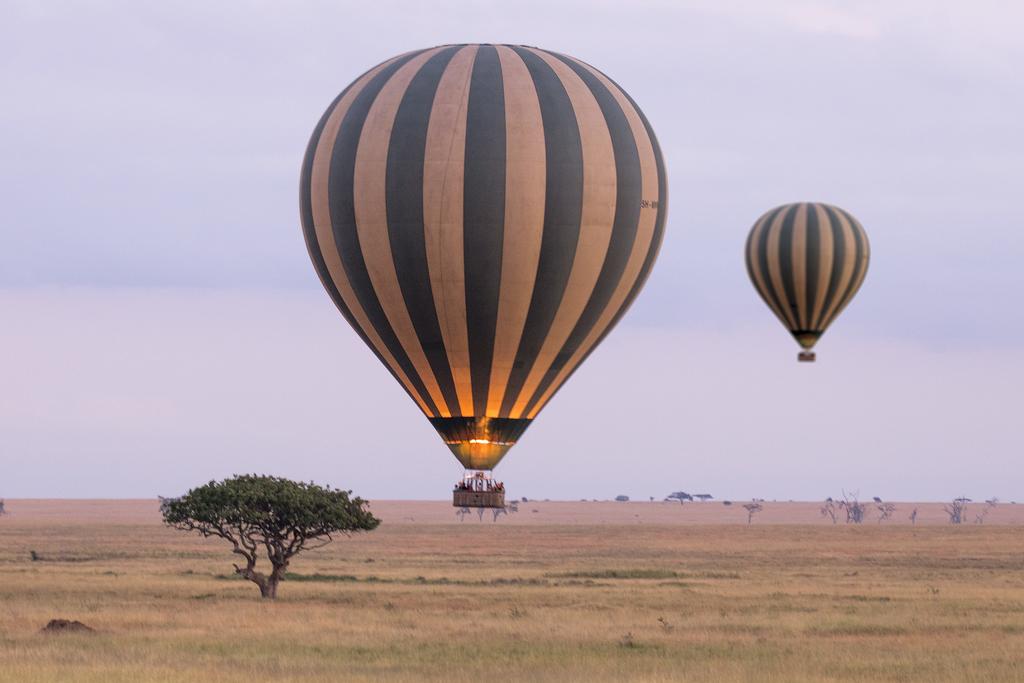Zanzibar Uncovered: Best Beaches, Hidden Gems, and Cultural Hotspots
Zanzibar uncovered blends stunning beaches, rich culture, and vibrant history into an irresistible island escape.
Every shoreline, alley, and spice market holds a story worth exploring. From world-famous stretches of sand to secluded hideaways, the island undoubtedly offers endless discoveries.
Best Beaches in Zanzibar
Soft white sands and warm turquoise waters make Zanzibar’s beaches a dream for travelers. Nungwi Beach, at the northern tip, bursts with life, offering crystal-clear swimming areas and unforgettable sunsets. Visitors stroll along the shore as fishing boats return with the day’s catch, adding an authentic touch to the scenery.
For a calmer atmosphere, Kendwa Beach delivers a laid-back charm. You can swim at any tide, enjoy gentle waves, and sip fresh coconut water under swaying palms. Paje Beach, on the east coast, attracts kite surfers with steady winds and wide, open spaces. Each beach reveals a unique personality, giving you plenty of reasons to explore more than one.
Zanzibar uncovered: Hidden Gems Worth Seeking Out
Beyond the famous stretches of sand, Zanzibar hides treasures far from crowded tourist spots. Michamvi Peninsula offers particularly quiet coves where you can watch the sun rise over the Indian Ocean and set in the same day. Few places on the island give such a dual spectacle.
Chumbe Island Coral Park invites you to discover a protected marine sanctuary. Snorkeling here reveals vibrant coral gardens teeming with tropical fish. The eco-lodges provide an off-grid experience without sacrificing comfort, perfect for travelers seeking sustainability.
On the southwest coast, Kizimkazi fishing village surprises with opportunities to spot dolphins in their natural environment. Starting early increases your chances of sharing the sea with these graceful creatures. Every hidden spot adds another layer to your Zanzibar journey.
Zanzibar uncovered: Cultural Hotspots to Explore
Zanzibar’s culture reflects centuries of trade between Africa, the Middle East, and Asia. Stone Town, a UNESCO World Heritage Site, stands as the island’s cultural heart. Narrow alleys twist between carved wooden doors, spice shops, as well as bustling markets. Wandering here feels like stepping into another era.
The Forodhani Gardens night market offers an explosion of flavors. Grilled seafood, fresh sugarcane juice, and Zanzibar pizzas tempt both locals and visitors. Sharing a table with strangers often leads to warm conversations and shared travel stories.
For a deeper understanding of the island’s heritage, the Palace Museum and Old Fort provide insight into Zanzibar’s royal past and strategic importance. Adding these cultural stops enriches your trip far beyond the beaches.
Why Zanzibar Offers More Than a Holiday
Zanzibar rewards those who venture beyond the obvious attractions. Mornings can begin with a swim in the clear waters of Matemwe, followed by a spice farm visit in the island’s lush interior. Afternoons might bring a dhow cruise at sunset, sails glowing against the fiery sky. Evenings open the door to lively music and dancing in local bars.
Every day on the island can hold both relaxation and adventure. By mixing beach time with cultural encounters, you create a richer, more memorable experience. Undeniably, the variety keeps every moment fresh, encouraging you to keep exploring.
Zanzibar uncovered: Planning Your Perfect Island Escape
Timing your visit makes a difference. The dry season, from June to October, offers ideal beach weather and clear skies for diving or snorkeling. December to February also brings warm, sunny days perfect for island adventures. Choosing accommodation near your preferred activities saves travel time and lets you enjoy more of what you love.
Pack light, breathable clothing, but don’t forget modest attire for cultural visits. Respecting local customs ensures a warmer welcome wherever you go. With careful planning and an open spirit, Zanzibar can become not just a destination, but a place you carry with you long after leaving.


